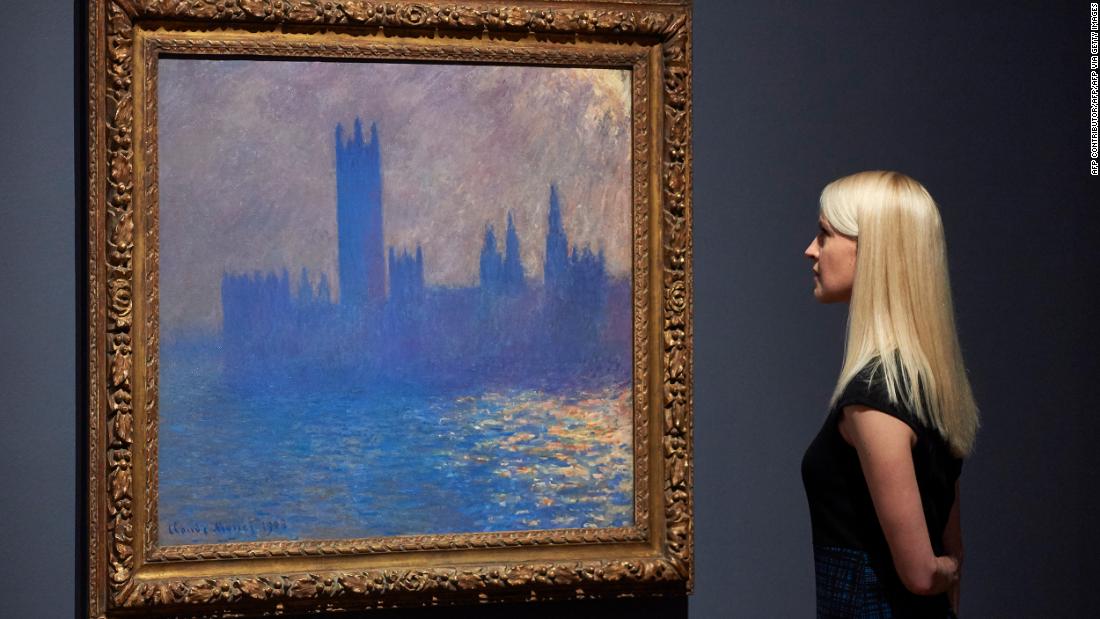Written by Jacopo Prisco, CNN
A recent study by climate scientists has found new evidence to confirm a theory long held by some art historians about what was behind the distinctive dreamy haze in Claude Monet’s work. Monet, now celebrated as a founder of Impressionism, was in London during one of three trips he took to the city between 1899 and 1901, which yielded over 100 paintings. In a letter to his wife in March 1901, he lamented the bad weather that prevented him from working, as well as another conspicuous impediment to his creativity. “Everything is as good as dead, no train, no smoke, no boat, nothing to excite the inspiration a little,” he wrote. His reference to smoke, which would have come abundantly from the steam engines of boats and trains, as a potential creative spark seems to support the theory.
“I work on air pollution and while seeing Turner, Whistler and Monet paintings at Tate in London and Musée d’Orsay in Paris, I noticed…
2023-03-22 18:43:16
Post from www.cnn.com

















